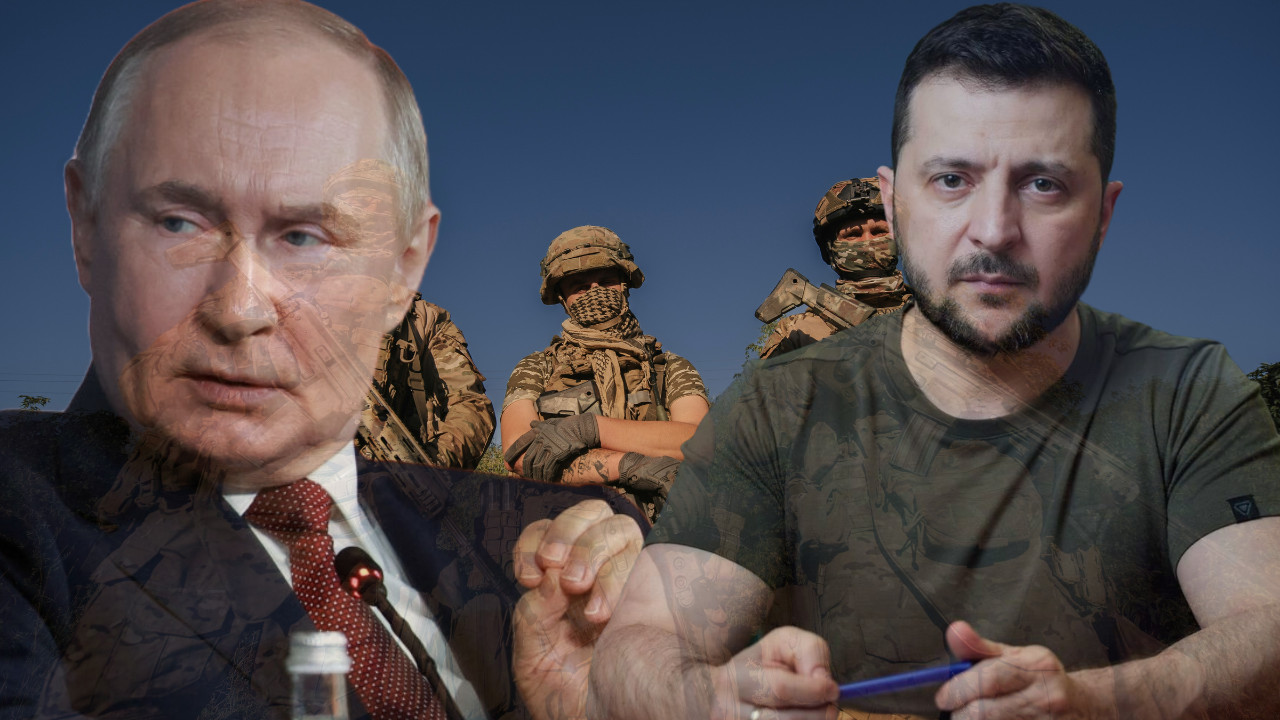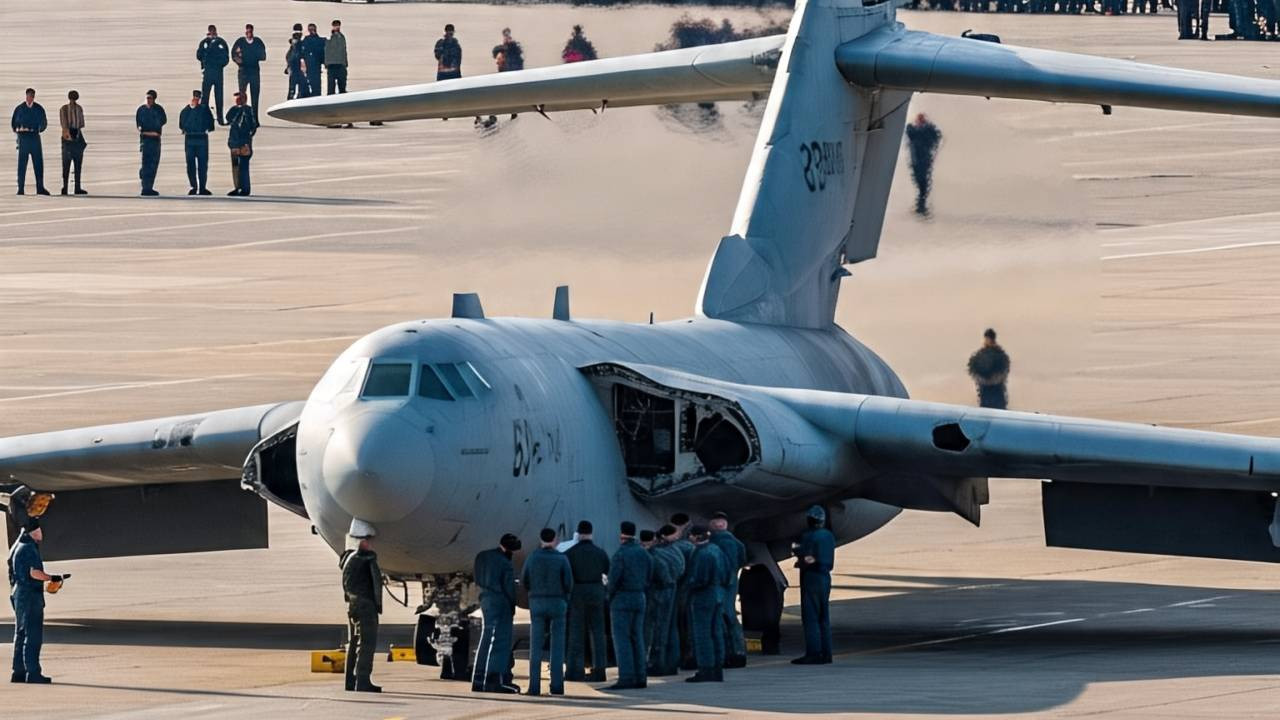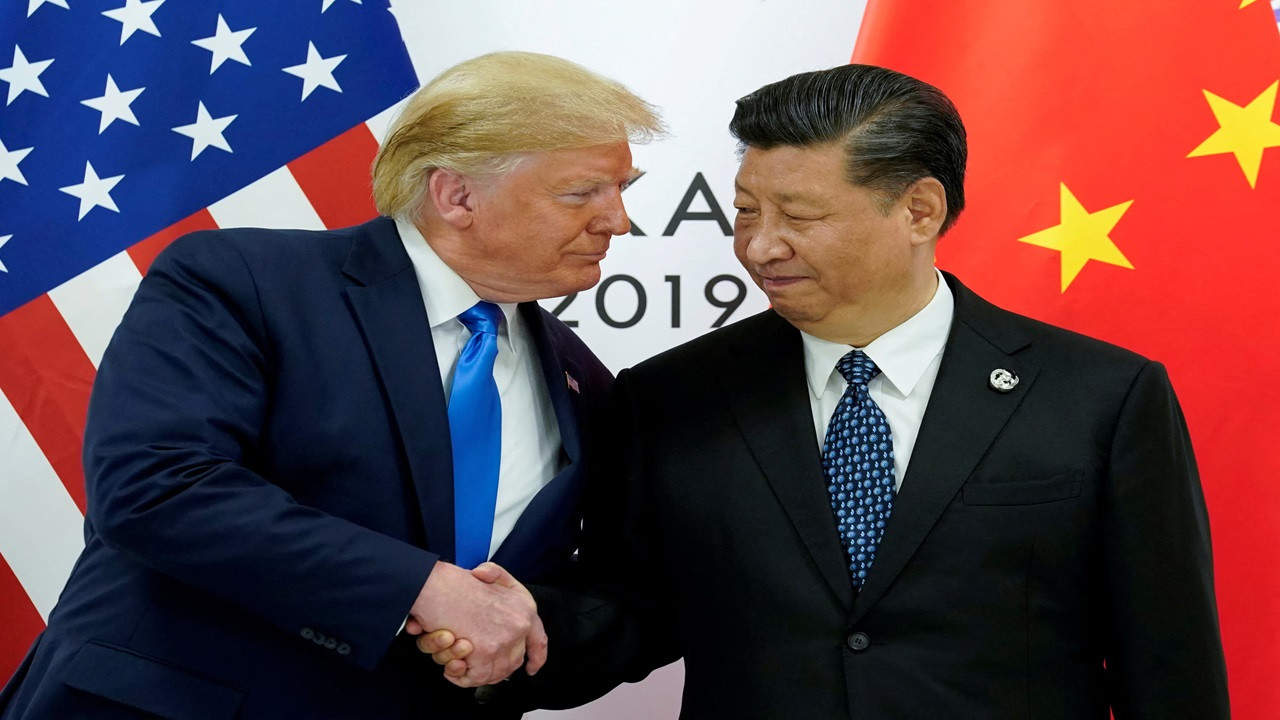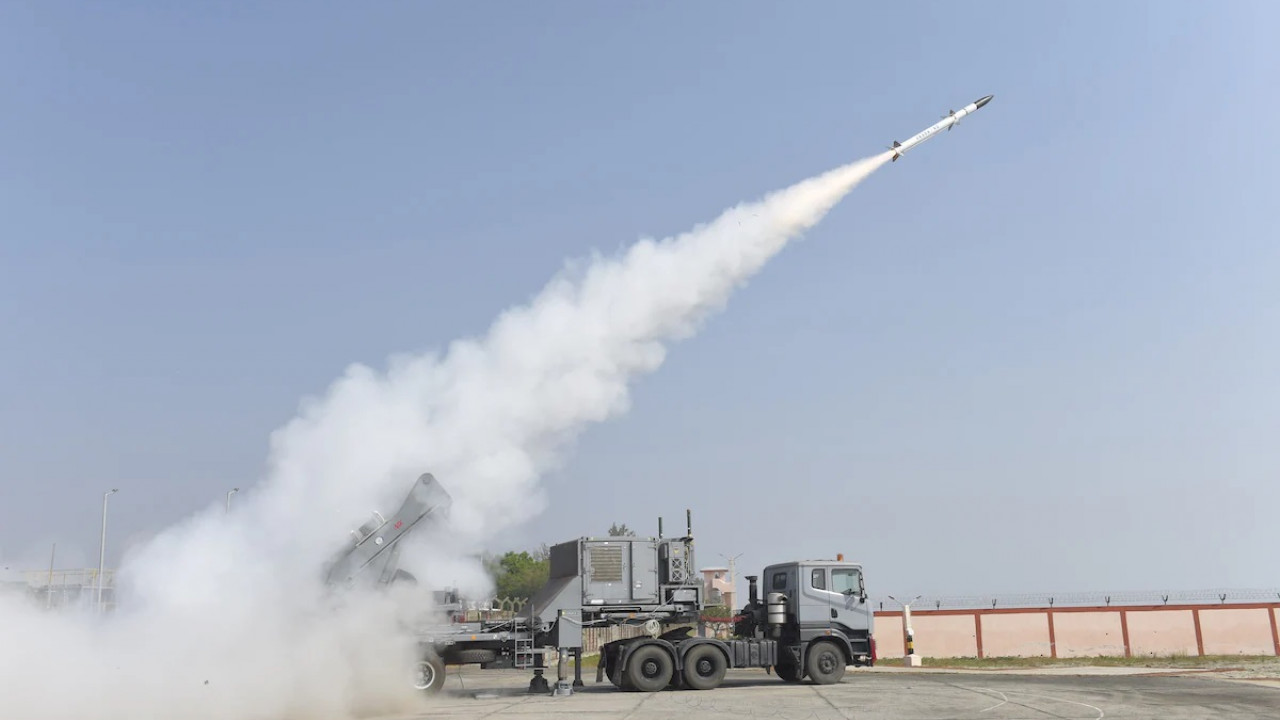Recently, Ukraine killed a deputy commander of the Russian army who was considered close to President Vladimir Putin. In response, the Russian military has unleashed chaos in Ukraine—launching ballistic missiles at the capital and reportedly using chemical weapons against civilians. Sources say that after losing his close aide, Putin is now acting in rage, taking a more aggressive stance.
The Netherlands’ Defence Minister and Military Intelligence Chief told Reuters that Dutch intelligence agencies have gathered evidence of Russia’s widespread use of banned chemical weapons in Ukraine.
Increased Use of Chemical Weapons
Dutch military intelligence chief Peter Reesink stated that in order to gain an edge in the war, Russia has increased its use of chemical weapons. According to Reesink, thousands of such attacks have taken place so far. Ukraine has recorded 9,000 such cases.
Due to these chemical weapons, around 2,500 Ukrainians have been injured, and 3 deaths have been reported. Ukraine has called this a threat to the entire world, stating that the use of chemical weapons on the battlefield is prohibited.
Which Chemical Weapons Is Russia Using?
In May 2024, the United States for the first time accused Russia of using chloropicrin, a chemical compound more toxic than riot control agents. At that time, Russia had outright rejected the accusation.
Russia is using these weapons to target drone agents hiding in trenches. According to reports, first, the chemical weapon is deployed into the pit, and as soon as the agents come out, they are shot and killed.
According to the Dutch intelligence chief, previously soldiers were not using chemical weapons, but now commanders have instructed all soldiers to use them extensively.
As per the United Nations, the weapon that Russia is using on Ukrainian people was agreed to be banned globally in 1997. This chemical weapon can cause severe irritation to the skin, eyes, and respiratory tract. If ingested, it can lead to burning in the mouth and stomach, nausea, vomiting, and difficulty in breathing.












